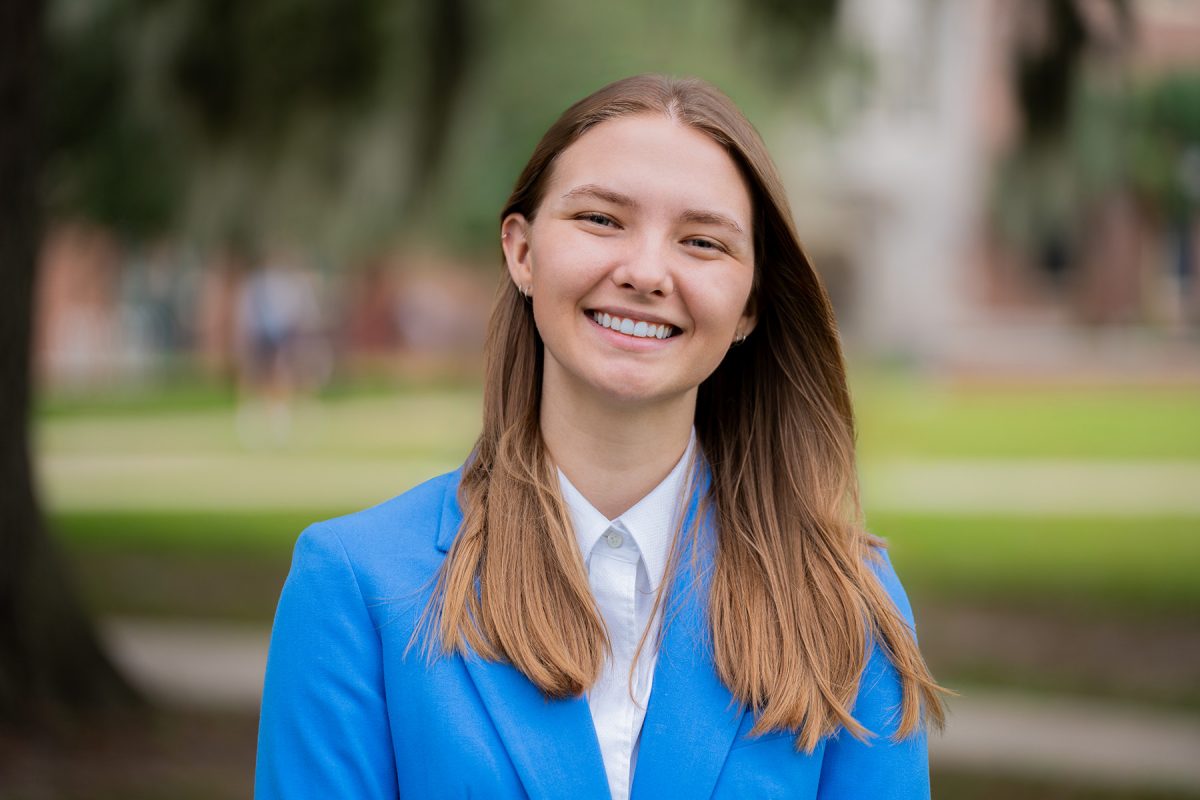
“I chose to attend FSU because of its reputation as a research-focused institution that encourages undergraduate involvement.”
Fast Facts
- Loves nature: Volunteered with the St. Marks National Wildlife Refuge
- Favorite FSU amenity: FSU Lakefront Park & Retreat Center
- Trying new things: Learning how to make pottery
- Favorite study spot: Tally Cat Cafe
- Hobbies: Gardening, reading and sailing
Biology and environmental science student Erin Tilly is making an impact at Florida State University through her dedicated research on intertidal reefs in Apalachicola Bay. As an Honors in the Major student and an IDEA Grant recipient, Tilly is committed to assessing reef conditions in the Big Bend region. Her work has been recognized at conferences and symposiums across the country.
Tilly’s research advances scientific understanding while contributing to FSU’s reputation as a research-focused institution. By focusing on intertidal reefs, she is helping to fill a gap in knowledge essential for the restoration and recovery of Apalachicola Bay. Her efforts demonstrate the impact that research can have on both the environment and the FSU community.
Why did you choose to attend FSU?
I chose to attend FSU because of its reputation as a research-focused institution that encourages undergraduate involvement. Specifically, I was excited to join the Undergraduate Research Opportunity Program (UROP) to gain experience in a lab. UROP enabled me to present my work at the Undergraduate Research Symposium, which gave me the opportunity to connect with faculty who have shaped my undergraduate experience.
What academic opportunities have you had at FSU?
I have had the opportunity to lead my own research project under Assistant Research Faculty Josh Breithaupt at the FSU Coastal and Marine Laboratory by focusing on intertidal oyster reef conditions in Franklin County. I examine shell clusters and the physiochemical properties of reef sediments.
This project is the basis for my Honors in the Major thesis. I was fortunate enough to receive funding through an IDEA Grant, which has allowed me to extend the project to include stable isotope analysis of sediment organic matter. I was also honored to be selected to present my research at the 2024 ACC Meeting of the Minds Undergraduate Research Conference and the 2024 Apalachicola Nerr Symposium.
How have you engaged in the FSU community?
I am a member of the FAMU-FSU Gulf Scholars Program, which focuses on creating connections between students from a variety of disciplines and the surrounding communities. Through my time in the program, I have engaged with FSU’s Department of Urban and Regional Planning through joint activities, and I have helped support students and faculty by volunteering at events like Thanksgiving food drives.
I cofounded the FSU’s Campus Cats social media page. While operating Campus Cats, I have provided a space for students to engage with one another while collaborating with community partners. We focus on connecting students with local organizations such as Big Bend Trap, Neuter, Rescue and It’s Meow or Never Tally to assist community cats on and off campus.
How have you impacted the local community?
In Franklin County, the Apalachicola Bay oyster fishery was the primary employer for multiple coastal communities. After the fishery collapsed in 2012, significant monitoring and restoration efforts have focused on subtidal reefs. Yet, information on intertidal reefs remains limited. As a member of the Apalachicola Bay System Initiative at FSU, I’m motivated to help characterize these intertidal reefs throughout the region and identify sites for future restoration efforts that will contribute to recovery.




